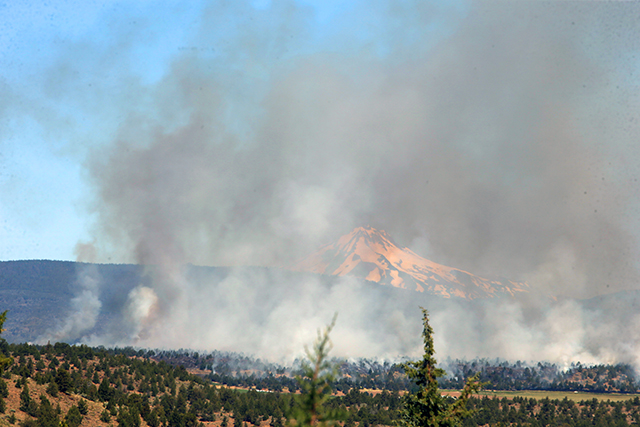Solar is a smart investment
Published 5:00 am Friday, October 21, 2011
Here in Bend, Sunlight Solar, my company, now has canvassers on the streets every day. They are wonderful people of all ages who believe in solar and all it can accomplish — economically, socially and politically. They are filled with the optimism of youth and the calm positive energy of middle-agers who want to contribute and make a living.
However, each day they return, at least one of them has a story about a surly person who says the government shouldn’t be supporting solar. Most times these folks are extremely combative. Always dogmatic. They feel offended about solar, taking the issue as a seemingly personal affront. Add the fact that our canvassers are on their property and they feel empowered to be aggressive.
Certainly this is a miniature reflection of our larger political dialog, Democrats versus Republicans, unfettered free marketers versus those who believe the government has a role in stimulating the economy.
However, I will focus here on the reality that our government is currently active in the economy through tax breaks, research and development grants and other means for all industries. The fact is that the U.S. has become an economic democracy versus a social democracy.
First, the American taxpayer has paid a whole lot more to subsidize fossil fuels than solar. According to a study by the Environmental Law Institute, the American taxpayer between 2002 and 2008 paid $521.73 toward five years of fossil fuel subsidies, but only $7.24 toward solar. If you take the order of magnitude of subsidies for fossil fuels according to ELI, solar would, today, be cheaper than fossil-fuel electricity.
The government spends to support the fossil-fuel industry to allow it to make energy cheaper than it should be on the “free market.” From 2002 to 2008, fossil fuels received $70.2 billion in tax breaks and direct spending while wind and solar received $12.2 billion.
Most important is that the largest subsidies to fossil fuels were written into the U.S. tax code as permanent provisions. By comparison, many subsidies for renewable energy are time-limited initiatives implemented through energy bills.
Besides direct costs, there are the costs for generating dirty power from coal. More than 60 percent of electricity in the U.S. is created by the burning of coal. Lest anyone in the Central Oregon area with Pacific Power think we are hydro-driven, the reality is that we are 60 percent coal-fired.
Mining coal has its health problems for workers and the consumers who have to breathe its residue. Burning it contributes to climate change and, by extension, the extreme weather events we are paying for and experiencing. Coal mines are “reclaimed” and the majority are paid by the U.S. taxpayer. None of these “externalities” are added to the real costs. Various studies have concluded that accounting for the full costs of coal would double or triple the cost of what we now pay for electricity.
While it is nice to discuss the merits of a free market, the reality is that we don’t and have never lived in a free market. Since the Great Depression, the federal government has been investing in the energy infrastructure, from power lines to dams, and, by extension, has been influencing the cost of power. Add to this favorable tax treatment and the mobilization of our military to protect our energy supplies and one should immediately understand that we are an economic democracy. What little subsidy the solar industry receives should be welcomed by all as a smart investment in the inevitable clean-energy economy of this and the next decade.






